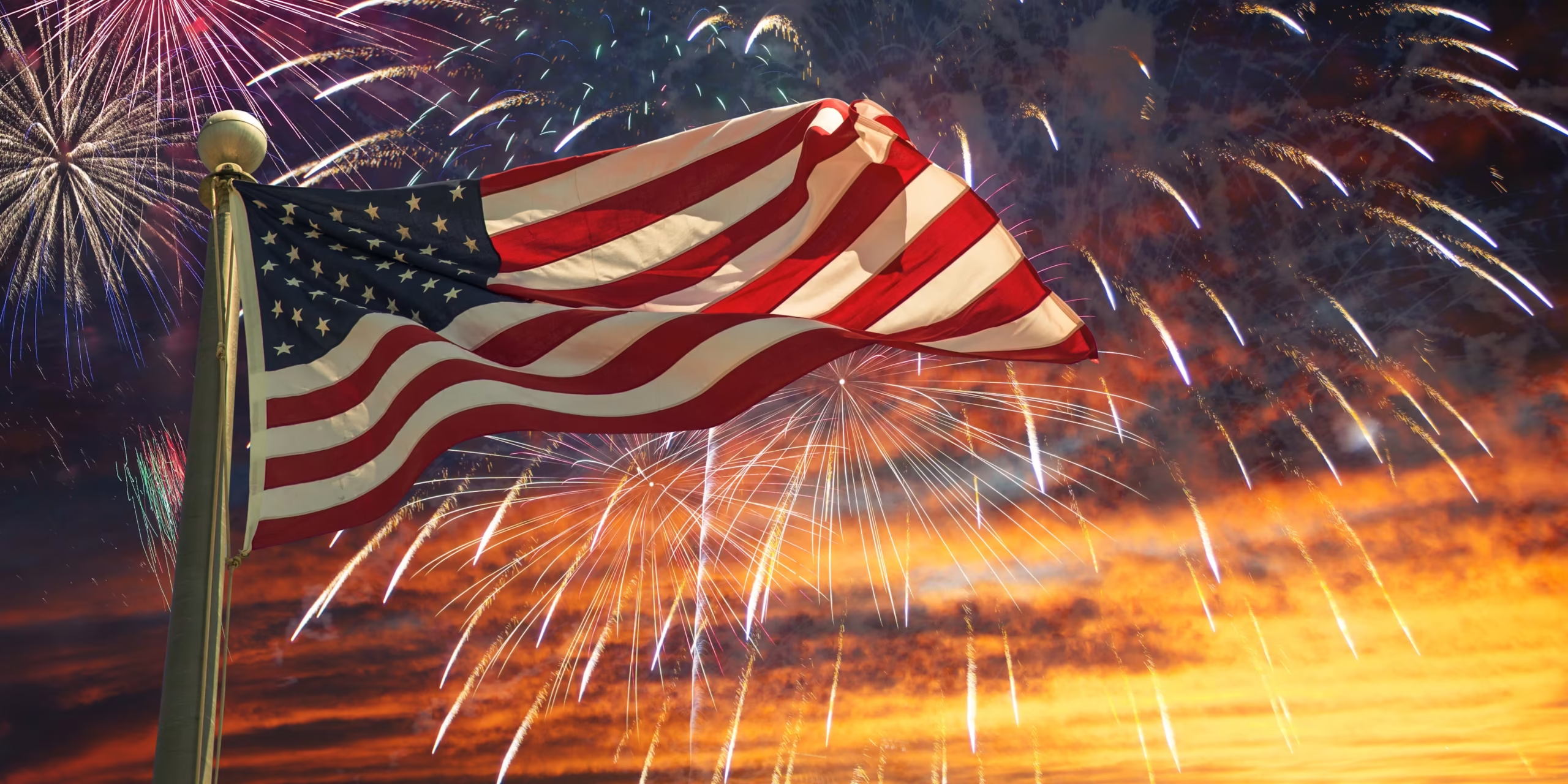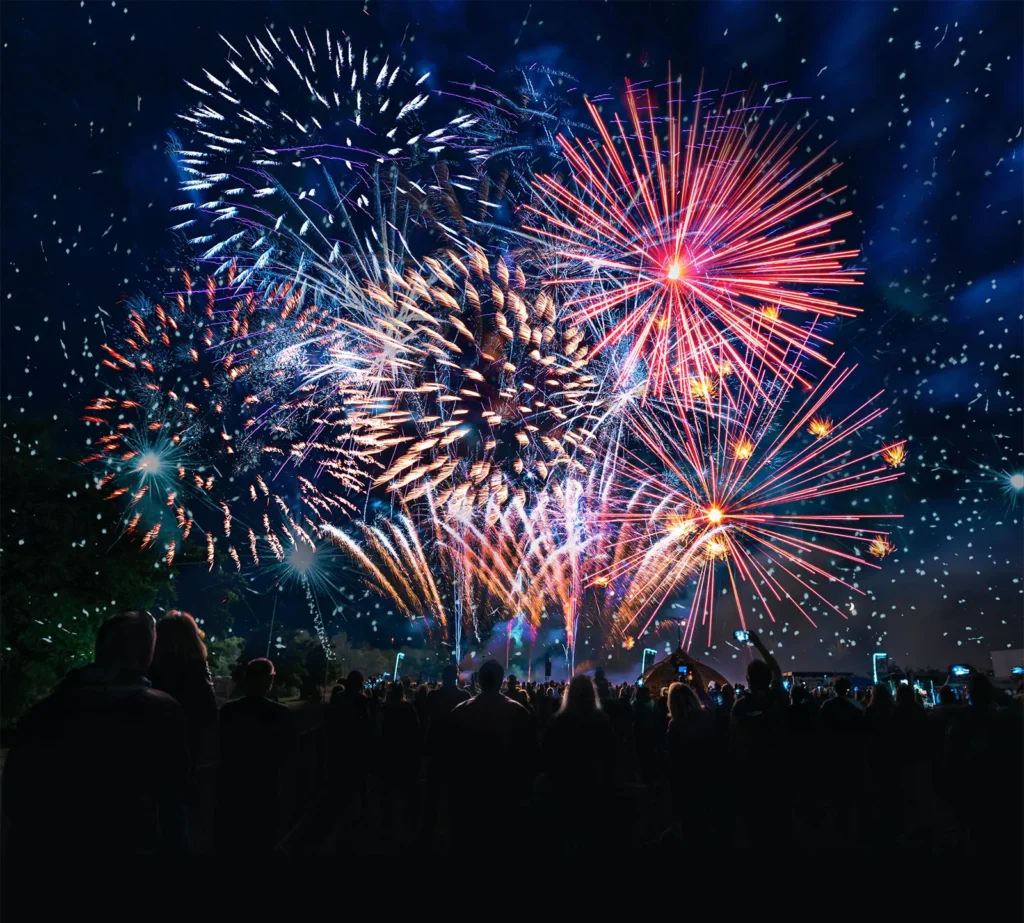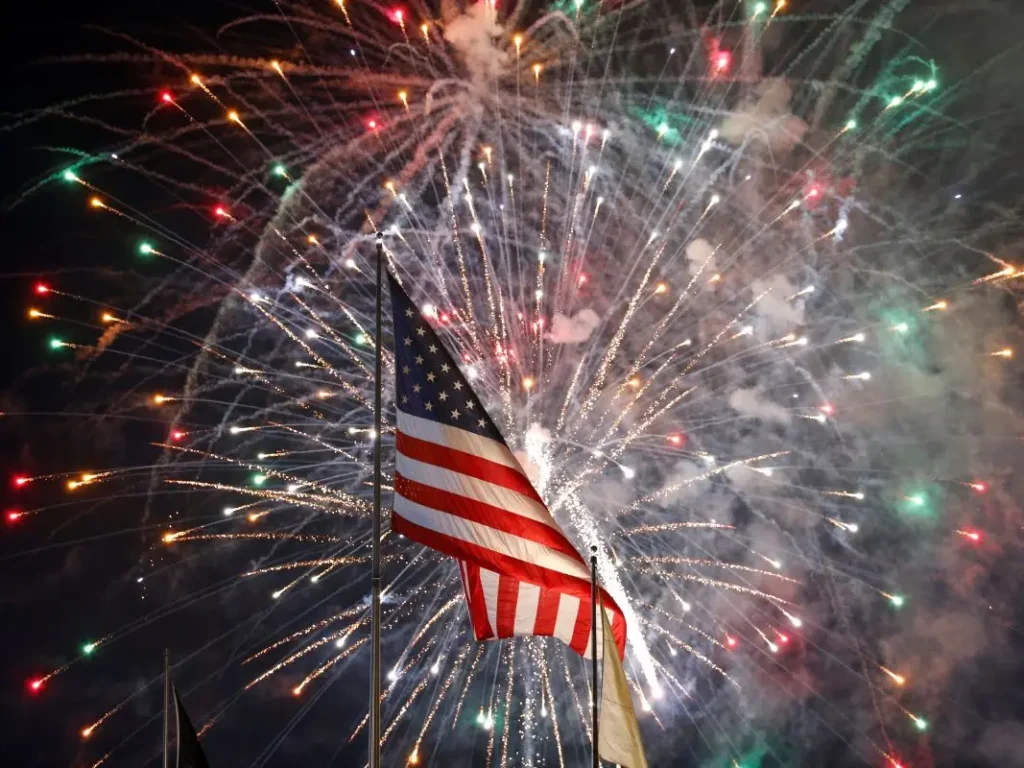Fourth of July – Independence Day: America’s Celebration of Freedom

The Fourth of July, commonly known as Independence Day, is the United States’ most iconic national holiday. Celebrated annually on July 4th, it marks the anniversary of the adoption of the Declaration of Independence in 1776, when the thirteen American colonies declared their freedom from British rule. The day is rich with historical significance, patriotic celebrations, and traditions that embody the spirit of liberty and national identity.
Historical Background
The roots of Independence Day trace back to the early tensions between the American colonies and the British Crown. Throughout the 1760s and early 1770s, the colonies faced increasing grievances against British policies, including taxation without representation, the Quartering Act, and restrictions on colonial trade. These tensions culminated in the outbreak of the Revolutionary War in April 1775.
On June 7, 1776, Richard Henry Lee of Virginia introduced a resolution for independence to the Continental Congress. After debate and revision, the Congress appointed a committee—led by Thomas Jefferson—to draft a formal declaration. On July 2, 1776, the Congress voted in favor of independence. Two days later, on July 4, the final text of the Declaration of Independence was adopted and formally signed by delegates from the thirteen colonies.
The Declaration, primarily authored by Jefferson, eloquently outlined the colonies’ reasons for seeking independence and asserted fundamental human rights, including “life, liberty, and the pursuit of happiness.” It proclaimed that all men are created equal and endowed with unalienable rights, establishing the philosophical foundation for the new nation.

Early Celebrations and Traditions
The first celebrations of Independence Day were modest but enthusiastic. News of the Declaration spread slowly, but by July 8, 1776, the Liberty Bell rang in Philadelphia to mark the occasion, and the Declaration was publicly read. Early festivities included speeches, prayer services, parades, bonfires, and gun salutes.
As the new nation grew, the Fourth of July became an annual event promoting patriotism and unity. By the 19th century, the holiday included fireworks displays, concerts, and large public gatherings. The Fourth also became an occasion for political speeches, historical reenactments, and community picnics.
Symbols and Iconography
Several symbols are closely associated with Independence Day:
- The American Flag: Known as the Stars and Stripes, it symbolizes national pride and unity. The flag’s design has evolved, with stars added as states joined the union.
- Fireworks: Fireworks represent the “rockets’ red glare” mentioned in the national anthem and are a highlight of celebrations nationwide.
- The Bald Eagle: America’s national bird, symbolizing freedom and strength.
- The Liberty Bell: An enduring symbol of American independence and liberty, originally rung to announce the reading of the Declaration.
Modern Celebrations
Today, the Fourth of July is celebrated with great enthusiasm across the United States. Communities hold parades, concerts, barbecues, and festivals. Fireworks displays light up the night skies in cities and towns large and small. The day is also a time for patriotic ceremonies, including flag-raising events and readings of the Declaration of Independence.
Many families and friends gather for cookouts and picnics, enjoying classic American foods like hot dogs, hamburgers, corn on the cob, and apple pie. It is a day that brings Americans together in celebration of shared history and values.
The Fourth of July Around the World
American expatriates and enthusiasts worldwide often celebrate the Fourth with gatherings and cultural events. Some countries hold similar independence celebrations, but the American Fourth of July remains unique for its historic importance and widespread festive traditions.
Controversies and Reflections
While the Fourth of July is a day of celebration, it is also a time for reflection. The ideals of freedom and equality proclaimed in the Declaration were not extended to all Americans at the time of independence. Slavery persisted for nearly another century, and Native American peoples faced displacement and marginalization.
Modern observances sometimes include discussions about civil rights, social justice, and the ongoing work to fulfill the promises of the Declaration. This reflective aspect adds depth to the holiday’s meaning in contemporary America.

Conclusion
The Fourth of July stands as a powerful symbol of American independence and identity. From its revolutionary origins to its vibrant modern celebrations, Independence Day reminds citizens and visitors alike of the enduring values of liberty, democracy, and unity. As fireworks blaze across the skies every July 4th, the nation comes together to honor its past and look forward to a future inspired by the ideals enshrined in 1776.




